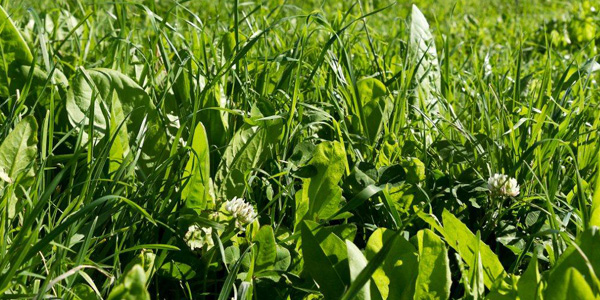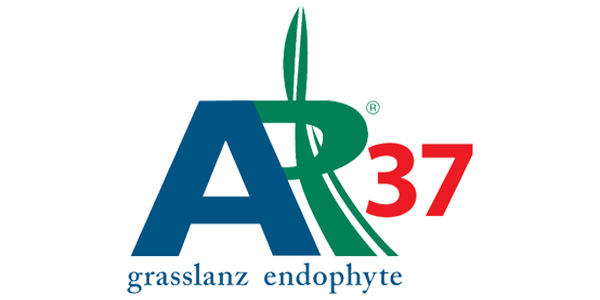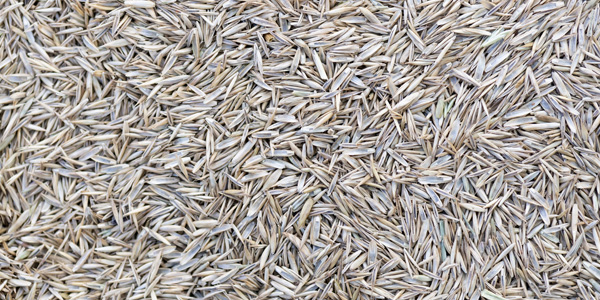
Clover
Clover
White Clover
White clover is a perennial forage legume important in New Zealand pastures. It is grown throughout New Zealand and performs well on moderate to highly fertile soils, but being summer active can be less productive and persistent in dry situations.
White clover has four characteristics that make it an ideal companion species to ryegrass:
- It is summer active, with optimal growing temperature 5°C higher than perennial ryegrass
- It maintains higher feed quality in late spring, at the time grass plants seed, so helps maintain the milksolids production and liveweight gains from pastures
- Fixes N in pastures, improving total pasture production and helping develop organic matter in poorer soils
- White clover is highly preferred and improves grazing management when present in good amounts
WHITE CLOVER TYPES
White clover cultivars are classed on leaf size, with large-leaved cultivars generally more productive, but medium-leaved having a higher growing point density making them more persistent.
Large-leaved cultivars grow taller and more upright and have thick stolons and robust roots. They tend to be higher yielding, but have fewer stolon growing points and less capacity to regenerate and persist. For this reason they are typically sown mixed 50:50 with medium-leaved cultivars.
Medium/large-leaved cultivars are intermediate in features and have high stolon density for their leaf size. Medium-leaved types perform well under a range of grazing managements and are typically mixed 50:50 with large-leaved types when sowing dairy pastures, or with medium/small types when used in sheep and beef pastures.
Medium/small-leaved cultivars are low growing, lower yielding types which excel at covering the ground with stolons. They are best suited to sheep grazing and are ideal for periods of set stocking
RED CLOVER
Red clover is a short lived (typically 2-4 years), taprooted legume most commonly sown in summer dry areas where summer grazing is less intensive. Recent developments in red clover breeding have developed a productive type with outstanding persistence, leading to wider use both in general pasture and cropping systems. Red clover shows greater tolerance to clover root weevil than white clover.
ANNUAL CLOVERS
Annual clovers are a group of legumes that are sown or germinate in the autumn. They grow vigorously through late winter and spring – then die, often only living for 6-8 months. There are three broad types of annual clovers used in New Zealand.
PERENNIAL ANNUAL CLOVERS
Perennial annual clovers achieve their perenniality through seed production, producing high levels of hard seed which survive many years and germinate after hard summer conditions following autumn rainfall. This group is split into two types of perennial clovers:
- Subterranean clovers – such as Coolamon, which set seed close to the ground. Once the seeds (in burrs) are matured, the plant actively pushes the burrs into the ground
- Aerial seeded clovers – these are annual clovers that when going into a reproductive state, typically develop stems similar to red clover. They can be up to a metre high and are ideal for silage systems as well as direct grazing. One example of these is Viper balansa clover
TRUE ANNUAL CLOVERS
These annual clovers are soft seeded which lead to limited survival over time. This is often due to early germination followed by hot dry conditions killing the seedlings (false break). These types of clovers are ideal for crop rotation and hay and silage production, with Resal Persian clover being an example.

Our Clover range
VIEW PRODUCTS



